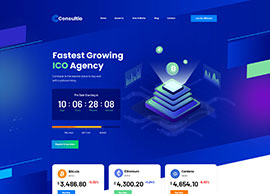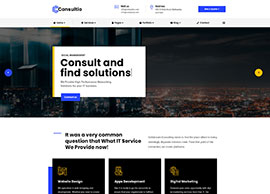Embracing the AI Chatbot Revolution: Conversations That Are Changing the Digital Landscape
Subheading: Discover the Evolution, Types, and Impact of AI Chatbots and How They’re Shaping the Future of Human-Computer Interaction
In a world where attention is scarce, and time is the most valuable resource, AI chatbots are emerging as powerful tools that can transform the way we interact with technology. They’re becoming more lifelike, more engaging, and more capable of understanding our needs and desires. But how did we get here, and where are we going? Let’s dive into the fascinating world of AI chatbots and explore their history, types, components, and impact on the digital world
.
The Journey of Chatbots: From ELIZA to Siri
The story of chatbots began in 1966 with ELIZA, a simple program that laid the foundation for future chatbots. Over the years, chatbots evolved, with notable examples like PARRY, RACTER, and ALICE. Today, we have advanced AI-powered chatbots like Siri, Google Now, Alexa, and Cortana that are capable of understanding and responding to human language
. These chatbots are no longer just tools; they’re becoming our companions, our assistants, and our confidants.
The Anatomy of a Chatbot: NLP, Dialog Manager, and Content
At their core, chatbots consist of three main components: Natural Language Processing (NLP), Dialog Manager, and Content
. NLP allows chatbots to understand and interpret human language, while the Dialog Manager decides what message will be conveyed to the user. Content forms the third component and describes what the bot is going to say once it is decided what to say.
The Architectural Models: Generative and Retrieval-Based
There are two ways to attain a response from a chatbot: generative model and retrieval-based model. Generative models are used to develop advanced chatbots but are rarely used due to their complexity. Retrieval-based models are easier to build and more reliable
.
Generating Responses: AIML and Pattern-Based Heuristics
Chatbots can generate responses using Artificial Intelligence Modeling Language (AIML) or pattern-based heuristics. AIML is an XML markup language used to create schemas for AI-based applications. Pattern-based heuristics use classifiers of machine learning or conditional statements to generate responses
.
The Chatbot Spectrum: Scripted, NLP-Based, Service-Action, Social Messaging, and Voice-Enabled
Chatbots come in various types, including scripted chatbots, NLP-based chatbots, service-action chatbots, social messaging chatbots, and voice-enabled chatbots
. Each type of chatbot caters to different needs and offers unique benefits.
Conversational User Interfaces: The New Frontier of Human-Computer Interaction
Conversational Interfaces allow interaction on human terms with computer systems. They are available in two forms: chatbots that allow typing and voice assistants for speech. Conversational UIs are classified into three categories: voice-based assistants, text-based assistants, and basic bots
.
The AI Chatbot Revolution: Key Takeaways
- AI chatbots are transforming the digital world by simulating human-like interactions and automating processes.1
- The history of chatbots dates back to 1966 with the creation of ELIZA, followed by several other chatbots that have evolved over time.1
- Chatbots consist of different components, including Natural Language Processing (NLP), Dialog Manager, and Content.1
- Chatbots can be designed using generative or retrieval-based models, with the latter being more common due to its simplicity and reliability.1
- Chatbots generate responses using Artificial Intelligence Modeling Language (AIML) or pattern-based heuristics.1
- There are various types of chatbots, including scripted chatbots, NLP-based chatbots, service-action chatbots, social messaging chatbots, and voice-enabled chatbots.1
- Chatbots work by training with data and using pattern matchers, algorithms, or Natural Language Processing (NLP) for response generation.1
- Several AI platforms are available for chatbot development, including Chatfuel, Landbot.io, Meya.ai, Xenioo, Botsify, Tars, Sequel, Pandorabots, and MobileMonkey.1
- Conversational Interfaces, such as chatbots and voice assistants, allow interaction on human terms with computer systems.1
AI chatbots have significantly impacted the digital world by simulating human-like interactions and automating various processes. They have evolved over time, with advancements in Natural Language Processing (NLP) and machine learning playing a crucial role in their development. Chatbots can be designed using generative or retrieval-based models and can generate responses using AIML or pattern-based heuristics. Various types of chatbots cater to different needs, and several AI platforms are available for chatbot development. Conversational Interfaces, such as chatbots and voice assistants, have become an essential part of human-computer interaction, allowing users to communicate with computer systems in a more natural and intuitive manner
.






































